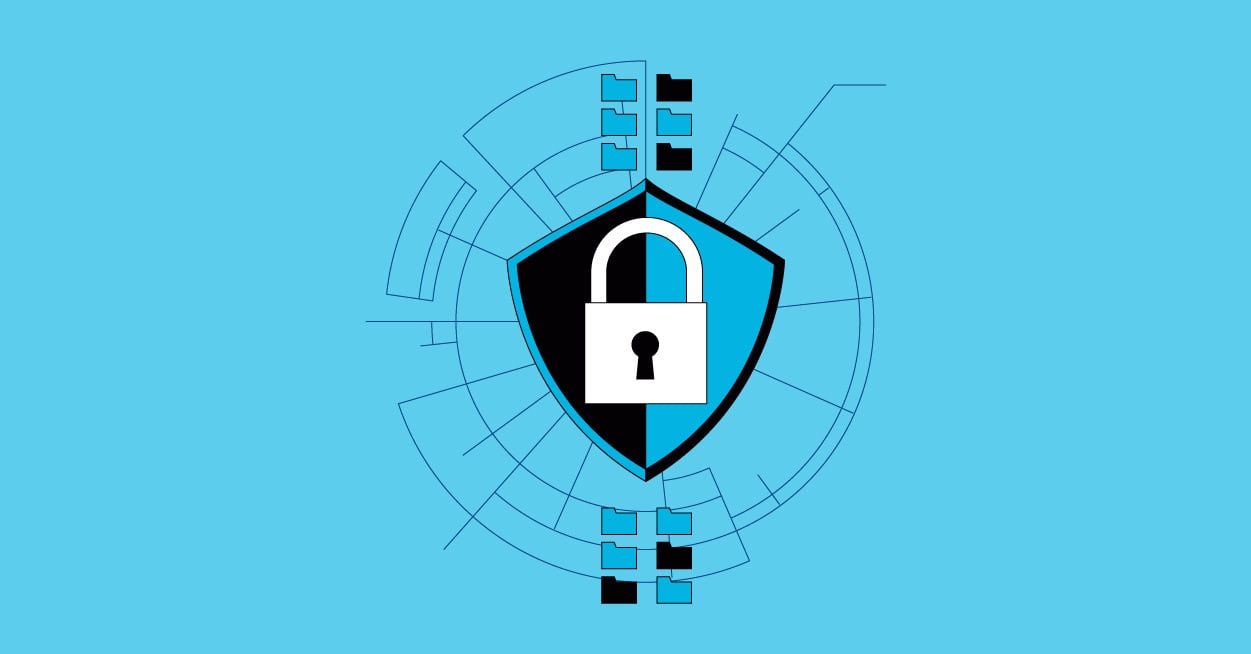Software security is a critical aspect of modern software development, as the consequences of vulnerabilities can range from debilitating system downtime to data breaches. Traditional security testing methods play a crucial role in identifying potential weaknesses, but they don’t always provide a comprehensive view of a system’s resilience against real-world cyber threats. Enter penetration testing — a proactive approach that takes software security to the next level.
By assuming the role of an attacker, penetration testers can uncover hidden flaws and weak points that could be exploited to gain unauthorized access or compromise sensitive data. This offensive approach provides valuable insights into the true state of a system’s defenses, enabling organizations to prioritize and address security issues before real attackers can exploit them.
Acquiring pen testing skills is a pathway to becoming a more well-rounded and valuable professional in software development. By understanding the mindset and methods of potential attackers, testers can contribute more effectively to building secure software from the ground up. They become key players in the ongoing battle against cyber threats, working closely with development and security teams to create robust and resilient systems.
Understanding Pen Testing
Penetration testing, commonly referred to as pen testing, is a unique and critical method within software security testing. Unlike traditional security assessments that rely on a passive approach to detecting vulnerabilities, pen testing adopts a proactive, offensive strategy. This method involves simulating real-world cyberattacks to identify and exploit weaknesses in the system, mirroring the tactics of potential hackers.
Ethical Hacking
Penetration testing closely aligns with ethical hacking, which involves identifying and addressing system vulnerabilities proactively. This practice is not about causing harm but enhancing system security to prevent potential exploits by malicious attackers. Ethical hackers aim to fortify systems against sophisticated cyber threats, ensuring the protection of sensitive data and the operational integrity of organizations. This method is integral to maintaining trust in digital infrastructures, making it a cornerstone of modern cybersecurity strategies.
Types of Pen Testing
Pen testing can be categorized into different types based on the tester’s knowledge of the system being tested. Each testing type serves unique purposes and is chosen based on the specific objectives and security needs of the engagement.
- Black-box Testing: In this approach, the tester enters the scenario without prior knowledge of the target’s internal systems. This lack of information mimics the perspective of an external hacker and helps identify vulnerabilities that could be exploited from outside the organization. Black-box testing is valuable for testing the system’s external defenses and is often used to simulate an attack that someone could carry out without inside knowledge.
- White-box Testing: Contrary to black-box testing, white-box testing provides the tester with complete knowledge of the system, including access to architecture diagrams, codebase, and other critical internal information. This comprehensive insight allows for a thorough examination of the system’s internal security structure and logic. White-box testing is akin to performing a detailed audit of potential internal threats that could arise from within the company.
- Grey-box Testing: Combining elements of both black-box and white-box testing, grey-box testing offers the tester partial knowledge of the system. This approach is effective for conducting tests that simulate attacks by someone with limited insider knowledge, such as a contractor or an employee with restricted access. Grey-box testing provides a balanced view, making it possible to assess how penetrable a system is with some inside information.
Through these various methods, penetration testing comprehensively evaluates a system’s security readiness, offering critical insights beyond what traditional testing methods can reveal.
The Pen Testing Process
A typical penetration testing engagement unfolds through a series of meticulously planned stages. Each phase is critical to the overall success of the test, ensuring that vulnerabilities are discovered and successfully addressed.
Planning and Reconnaissance
The journey of a penetration test begins with the Planning and Reconnaissance phase. Here, testers gather critical information about the target system to tailor their approach effectively. This stage is fundamental because it sets the objectives and scope of the entire penetration test. Testers determine which systems and assets are legal and pertinent to test and gather intelligence on network and domain names, mail servers, and more. This preparation is comparable to laying out a blueprint before the construction of a building to verify that all efforts align with the intended outcome.
Scanning and Enumeration
Following the initial groundwork, testers move into the Scanning and Enumeration phase. This stage involves deploying advanced scanning tools to create a map of the enterprise’s digital and physical landscape. Testers identify live hosts, open ports, and running services that could potentially serve as entry points into the environment. Enumeration further refines these results by collecting specific details such as user names, group information, and service settings. This information is crucial as it provides the foundational knowledge needed to craft effective attacks in later stages.
Gaining Access
The Gaining Access phase is where theoretical knowledge transitions into practical application. Testers use the vulnerabilities identified during the scanning phase in an attempt to exploit these weaknesses. Techniques might include buffer overflows, injection attacks, or cross-site scripting, among others. The goal here is to emulate real-world attacks to understand how an actual attacker could gain unauthorized access to the system.
Maintaining Access and Privilege Escalation
Once inside, the objective shifts to Maintaining Access and achieving Privilege Escalation. Testers explore how to deepen their foothold by escalating access privileges within the system, often moving from low-level permissions to higher-level administrative rights. This stage tests the robustness of the system’s internal defenses and the effectiveness of its response mechanisms to ongoing breaches.
Covering Tracks and Reporting
In the final phase, Covering Tracks and Reporting, testers remove any trace of their entry and activities to mimic an attacker who would not want to be discovered. This practice is vital for understanding how well the system detects and logs unauthorized activities. Ultimately, testers prepare detailed reports that document their findings, methodologies used, and evidence of the test. These reports are critical as they provide actionable insights that organizations can use to fortify their systems against actual attacks.
By simulating these steps, penetration testers provide clients with a profound understanding of their systems’ vulnerabilities and the potential impacts of an attack, thereby reinforcing the overall security posture. This meticulous process tests the resilience of existing security measures and enhances the capability of engineering teams to anticipate, respond, and recover from real cyber threats.
Benefits of Pen Testing for Software Testers
Penetration testing is not just a tool for identifying vulnerabilities — it’s a catalyst for broadening the horizons of software testers. As cybersecurity becomes increasingly critical in the software development lifecycle, understanding pen testing can significantly enhance a tester’s capabilities and career trajectory. Here are the primary benefits:
- Enhanced Security Skills: Pen testing helps testers develop a security-first mindset, which is crucial in today’s software development environment. Understanding how attackers think and operate allows testers to anticipate and mitigate potential security issues more effectively before they become exploitable.
- Improved Testing Techniques: Through pen testing, software testers gain insights into advanced testing techniques beyond functional and performance testing. This includes learning how to identify and exploit system vulnerabilities, a skill that adds depth to their testing capabilities.
- Better Understanding of Real-World Risks: Engaging in pen testing exposes testers to real-world cybersecurity threats in a controlled environment. This exposure is invaluable for understanding the practical implications of security weaknesses and the potential damage they can cause.
- Cross-Discipline Exposure: Pen testing often requires collaboration with network engineers, security professionals, and system administrators, providing testers with exposure to different aspects of IT and software development. This interdisciplinary exposure broadens their overall IT knowledge and skills.
- Career Advancement Opportunities: The cybersecurity field is rapidly expanding, with a growing demand for skilled professionals. Testers with pen testing skills are well positioned to move into sought-after roles in cybersecurity, such as security analyst, security engineer, or even Chief Information Security Officer.
- Contribution to a Secure Development Lifecycle: Testers skilled in penetration testing contribute significantly to securing the entire software development lifecycle. By identifying vulnerabilities early in the development process, pen testers help prevent costly fixes and breaches post deployment.
- Recognition as a Subject Matter Expert: Mastery of penetration testing can establish a tester as a subject matter expert within their team or organization. This recognition can lead to leadership opportunities and a more influential role in shaping project and security strategies.
Conclusion
Penetration testing is crucial for those dedicated to enhancing software quality and security. By adopting pen testing techniques, software testers significantly strengthen their role in safeguarding applications against the continuously evolving threats in the digital world. This skill deepens their understanding of security vulnerabilities and broadens their overall capabilities within the software development lifecycle.
For testers looking to expand their expertise and tackle modern cybersecurity challenges, mastering penetration testing offers a path to increased proficiency and strategic impact in their careers.




%20(1).png?width=150&height=69&name=MuukTest-logo---light-background%20(3)%20(1).png)